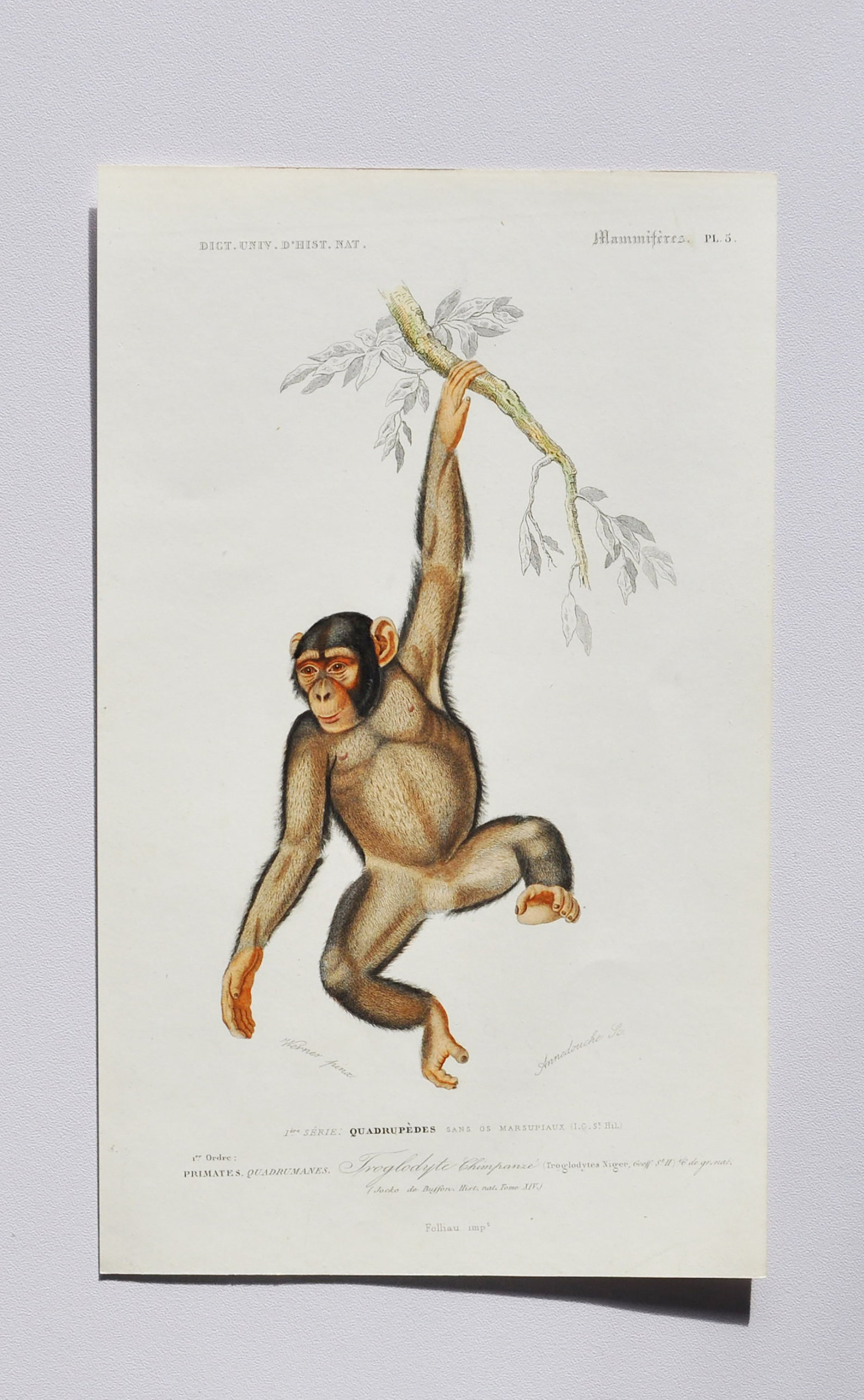

We concluded that affiliation and individual experience determines the transmission of handclasp grooming among captive chimpanzees.īoesch C (1996) The emergence of cultures among wild chimpanzees. In addition, in nearly all dyads formed, at least one individual had been previously observed to handclasp groom. As predicted, the formation of new handclasp grooming dyads was positively correlated with the rate of overall grooming and proximity within a dyad. A quadratic assignment procedure was used to compare correlations among observed frequencies of grooming and proximity with handclasp grooming in all possible dyads within the group. We predicted that dyads with strong affiliative ties, measured by time spent in proximity to and grooming one another, were likely to develop a handclasp grooming partnership during the study period. We report on the frequency, bout duration, and number and demography of performers throughout the study period, and compare these findings to those reported for wild populations. In the present study, the origination and spread of handclasp grooming in a group of captive chimpanzees was followed throughout more than 1,500 h of observation over a period of 12 years. However, statistical comparisons among factors thought to influence how a behavior spreads within a group have never, to our knowledge, been conducted.

As with other cultural behaviors, it is assumed that this distinctive grooming posture is learned socially by one individual from another. Handclasp grooming is a unique social custom, known to occur regularly among some, but not all populations of chimpanzees ( Pan troglodytes).


 0 kommentar(er)
0 kommentar(er)
